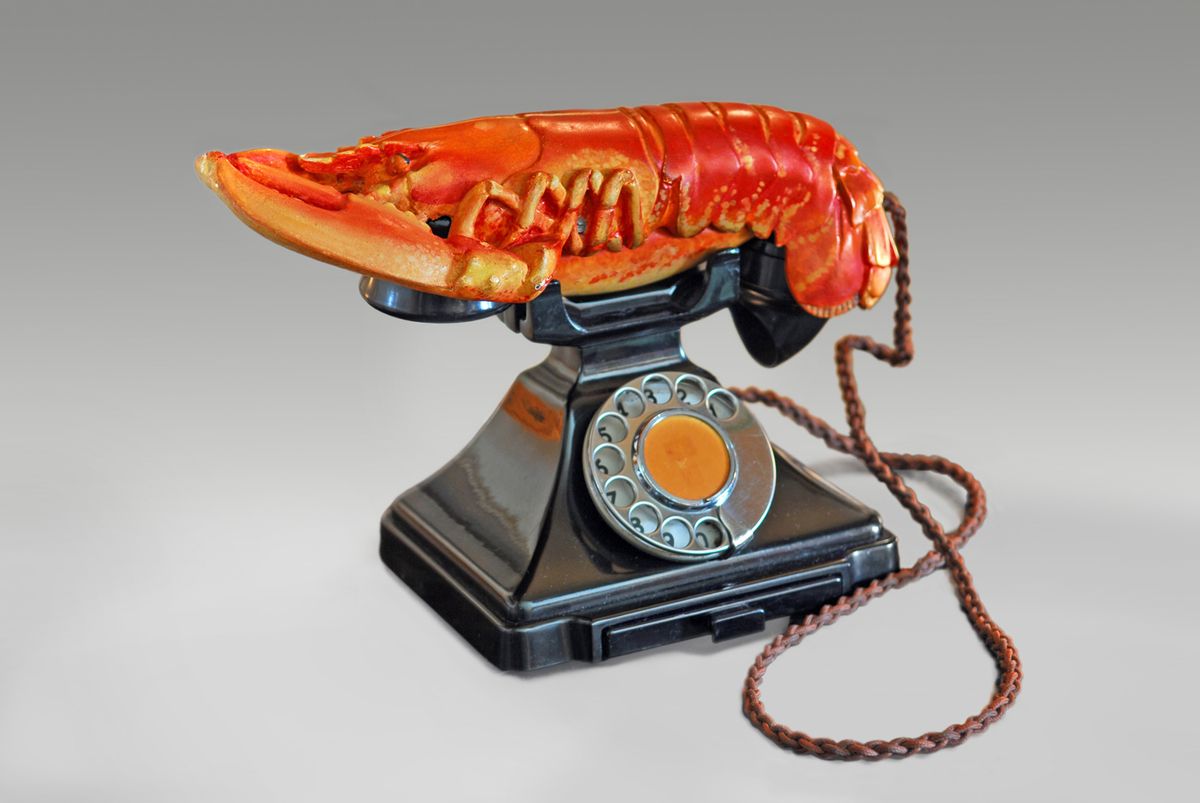The idea for the seemingly unlikely Dalí/Duchamp exhibition at the Royal Academy of Arts (7 October-3 January 2018), which opens tomorrow, grew from a photograph of the two artists chatting like old friends in New York in 1960, according to its co-curator Dawn Ades. And they certainly were good friends: the father of conceptual art had been visiting the excommunicated Surrealist at his home in the Spanish fishing village of Cadaqués since 1933. This and other gems from the photo archives are proof of their warm friendship throughout the show—the first dedicated to the subject. They draw together works that appear disparate (Duchamp’s urinal shares a vitrine with Dalí’s lobster telephone) yet express many of the same deep interests, from found objects to sex, and science to chess. And even in dialogue, both artists emerge as staunch individuals, standing apart from the manifestos and movements of the 20th century.
You could scoot over to Frieze this weekend and soak up the latest works to hit the art market. Or instead, you could play on swings and lie down on a giant carpet all in the name of art. Superflex’s Hyundai Commission at Tate Modern, titled One Two Three Swing! includes a giant moving pendulum that hangs above the Turbine Hall’s west entrance ramp and three-person swings connected by a line of orange-coloured beams that snake around the space before reappearing outside—it is the first time a Turbine Hall commission has gone beyond the museum’s walls. It may take the form of a children’s playground but darker themes of apathy at the current state of society, financial crashes and populism lurk beneath the fun façade.
Last seen London more than two decades ago—in a major exhibition at the old Tate Gallery in 1995—the bright, swooping “ribbon” paintings made by Willem de Kooning in the 1980s have returned in a focused display at Skarstedt Gallery. De Kooning: Late Paintings (until 25 November) sees the Abstract Expressionist abandon the thickly worked canvases of earlier decades for spare, flowing compositions influenced by the late works of another Modern master—Henri Matisse’s cut-outs. The show counters suggestions that the transition marked the onset of de Kooning’s mental decline due to Alzheimer’s (diagnosed in 1989, the year before he stopped painting), says the gallery’s director Bona Montagu, arguing instead for a final burst of his restless creativity.


